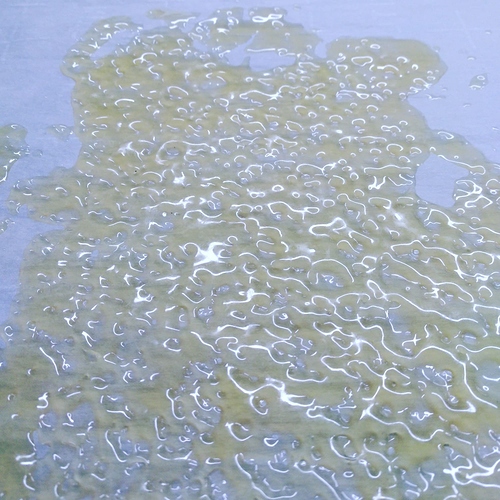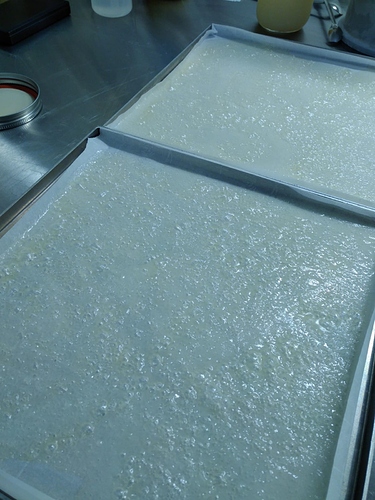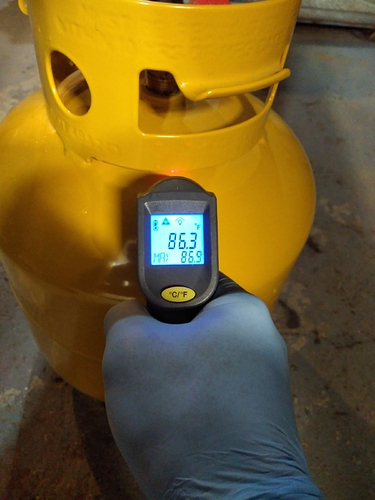Hi,
Give me a call today, Lets chat and dial in your C.R.C.
@Soxhlet coming in with the customer service
This is why I would spend money with these fine people on this forum. They are here, on the forum, to help…too bad I’m poor as fuck lol.
So soaking media prior to dumping your run is crucial to getting your flow and speeds back up. Also baking media is very important for color.
I know this has all been said before. After our recent experience, I feel the need to repeat this for everyone.
Recently we upgraded our system. From inline filter on 4” column running 5#s at time to rack mounted 2-6”x48” running 15#s at time. After the switch over the filter would get clogged and slow everything down. So after some rereading, we decided to do the presoak. We never had to do this before with the in-line setup.(I’m not sure why) We basically dropped enough gas to see it drop through the filter then close off and open the column to the filter line. After doing this it was a world of difference in flow and speed.
Hope everyone can take from our experience. Thank you all for all you have provided and most of all thank future for creating this forum.
Honestly I’ve had a lot of test results come back from a number of labs that used acetone to clean the testing equipment when I don’t have it in my facility and I used propane exclusively for extractions that touch no powders, for a couple years now. It’s worth looking into that as well, just to cover your bases. What lab produced the acetone results?
I’ve had a couple runs come out with a greenish hue using just t5. Redissolved and ran it thru a fresh column of t5 and it came out peach-ish as expected.
From my experience it seems that the t5 catches lots of blue/greens/grays. T5 also seems to let the lighter compounds come thru first followed by the heavier compounds. I have isolated near pure terpenes using just t5.
It seems like once the T5 has been fully saturated with blue/green pigments it lets the blue/green pigments into the collection which taints the whole solution.
I do not know for sure if this is what is happening but it seems to make sense based off my experience. Any thoughts?
Just like to show off the latest revision on the Chinese boof plate… the support plate design is now changed so it doesn’t look like indofabs. We have had it welded on both sides with a welded top support ring. These should be in sometime late next week. Available in 3”, 4”, and 6” 1 and 5 micron. Price will be similar to the boof filters before it.
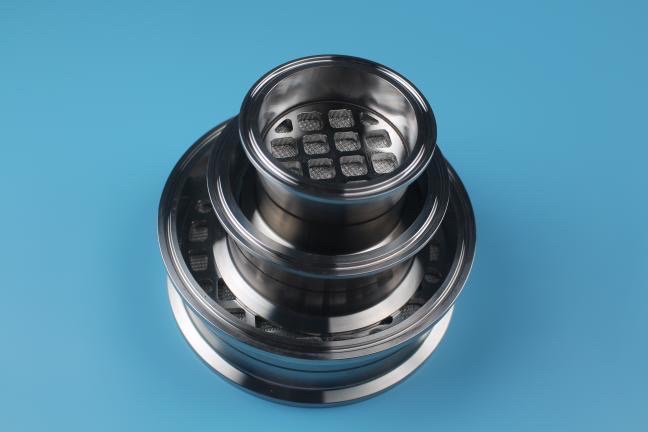
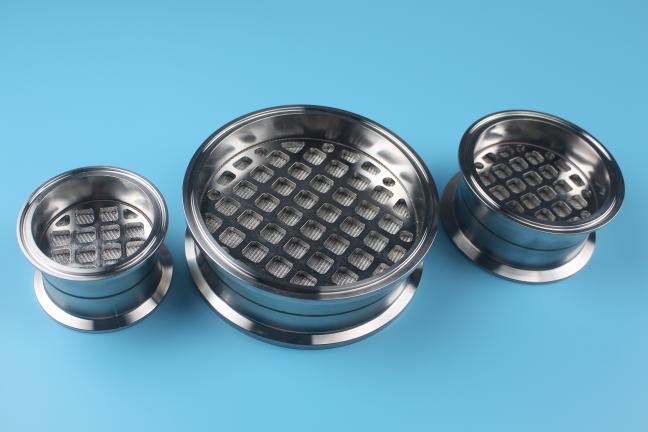
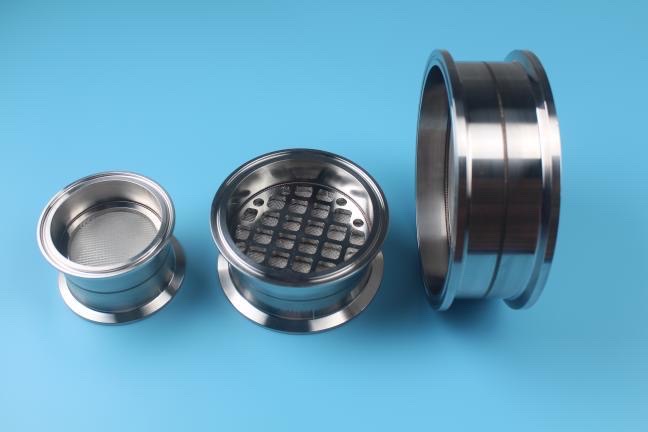
You forgot the silica60 ![]()
Run t5 and silica only, and then use more of them.
100g t5
50g silica 60
Per lb of plant matter
Left it out on purpose… T5 works great by itself when used in the right ratio.
I love how all the other stones copied the growth structure of the seed stone.
Super square or diamond shapes that pristine lines. Perfect cornering
Is that for outdoor or indoor?
150g per lb of material sounds like a lot…
I’ve heard of people using 30-40g per lb of material. Has anyone tried this amount before and had good success?
It’s really not a lot. If you’re shooting for white. That’s what it takes.
I’m running indoor
I use 30g a run in a 1.5*12 spool.
I think people are using up to a 2:1 ratio of powders to expected oil.
If your running a # and expect a 20% return, that’s 90g, so 150g of powders is close to 2:1.
Got a procedural question. When using a dry ice passive setup with Nitrogen. Is the nitrogen used to push the solvent from the material column intinthe collection pot in a cyclic fashion with burping.
Or just at the end of the cycle to move the remaining solvent?
In other words, should the solvent still be able to flow through the powders durring most of the run with out nitrogen assistance?
I’ve searched but havent come across this scenario. Only blockages and how to set up the N2 push.
I was running top to bottom. 50g silica60, 150g t5, 1.5" d.e./ per lb material
I never got clear or white. I would go slow but probably not slow enough idk. Was always light yellow or light orange (material dependant)
But I didn’t want water clear or white so I was always happy and always baked my powders
Some of my stuff is white but it oxidizes to a light yellow kinda quick… honestly as long as it tastes good. It’s cool with me.
This is a great example of the chromatography aspect of CRC. Contaminants arent permanently stuck to the media, they lag behind based on affinity to the media. So with both pigment compounds and lipids, pay attention to what part of the run you suspect they are eluting and consider that point the beginning of the next “cut”.
Also, flushing the media with solvent after a run and collecting/observing the residue will give you an idea of how much BS is getting held back per run. This data can help you determine if you can go multiple runs before collected contaminants from an earlier run elutes with yield down the road.
I’m getting trim/larf to look similar in colour but it has a funky nose and tastes from warm. Curious how much solvent you’re using as I’ve been reading that over flushing will cause that by extracting undesirables sorry meant to reply to @BG305 that looks killer af man
Damn @BG305 I can’t wait to get out that way to try that as promised! ![]()
![]()
![]()
Looks like coconut oil looks awesome


